|| Banking Data Analytics Certification Course
The first part of the course discusses the significance of data analytics in the banking and financial services sector and how firms can use it to improve risk management, make better decisions, and provide better customer experiences. A Banking Data Analytics Training Course provides professionals with comprehensive skills to utilize data effectively in financial institutions. Participants delve into advanced analytics methodologies tailored to banking contexts, including customer segmentation, churn prediction, and sentiment analysis to enhance customer relationship management and satisfaction. The course covers fraud detection techniques leveraging transactional data patterns and anomaly detection algorithms, crucial for maintaining robust security measures and compliance with regulatory standards. Moreover, participants learn sophisticated risk assessment models to predict credit defaults, optimize loan portfolios, and improve decision-making accuracy in lending practices. Operational efficiency is another focal point, with instruction on identifying process inefficiencies through data-driven insights, leading to streamlined operations and cost savings. Through practical projects and real-world case studies, participants will gain hands-on experience in applying analytics to solve banking-specific challenges and enhance decision-making processes.
The benefits of this course are substantial. By mastering banking analytics, participants will be able to transform complex financial data into strategic insights that drive better decision-making, improve customer experiences, and enhance operational efficiency. This expertise is highly sought after in the banking industry, leading to advanced career opportunities in roles such as data analyst, risk analyst, and financial analyst. Additionally, the course develops critical thinking and problem-solving skills, enabling students to address complex financial issues and contribute to their organizations' strategic goals. Overall, the Banking Analytics course equips individuals with the analytical capabilities to thrive in the dynamic and data-driven world of banking and finance.
Practical applications are emphasized through hands-on projects and case studies, enabling participants to apply theoretical knowledge to real-world scenarios. Additionally, ethical considerations in data handling and privacy regulations are integrated throughout the curriculum to ensure responsible use of data. Overall, a Banking Data Analytics course equips professionals with the necessary tools and expertise to drive strategic initiatives, enhance operational efficiency, mitigate risks, and deliver superior customer experiences within the banking sector. These skills are instrumental in maintaining competitiveness, compliance, and profitability in an increasingly data-driven financial landscape. The Banking Data Analytics course provides a focused approach to using data analytics methods and instruments to drive decision-making in the banking sector and extract useful insights. Through practical study of banking data sets, participants will get a thorough grasp of banking operations, consumer behavior, risk management, and financial performance. There are several uses for data analytics in the banking industry. It enables banks by using sophisticated data processing techniques to glean insightful information from massive amounts of financial data.
Please contact the nearest BIT training institute or send an email to inquiry@bitbaroda.com with any additional questions you may have regarding our Banking Data Analytics training course. We offer a free demo by calling us at +91-9328994901. We offer top-notch Banking Data Analytics Training in Vadodara-Sayajigunj, Vadodara - Waghodia Road, Vadodara - Manjalpur, Ahmedabad, Anand, and Nadiad.











 4.8 (21,636) reviews
4.8 (21,636) reviews


 Read more
Read more 
